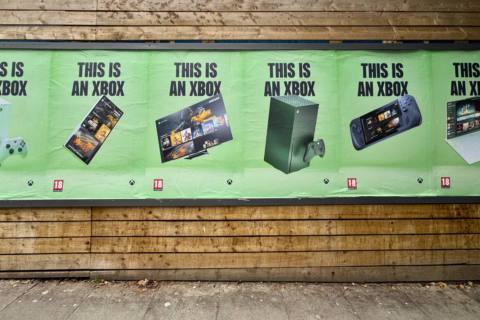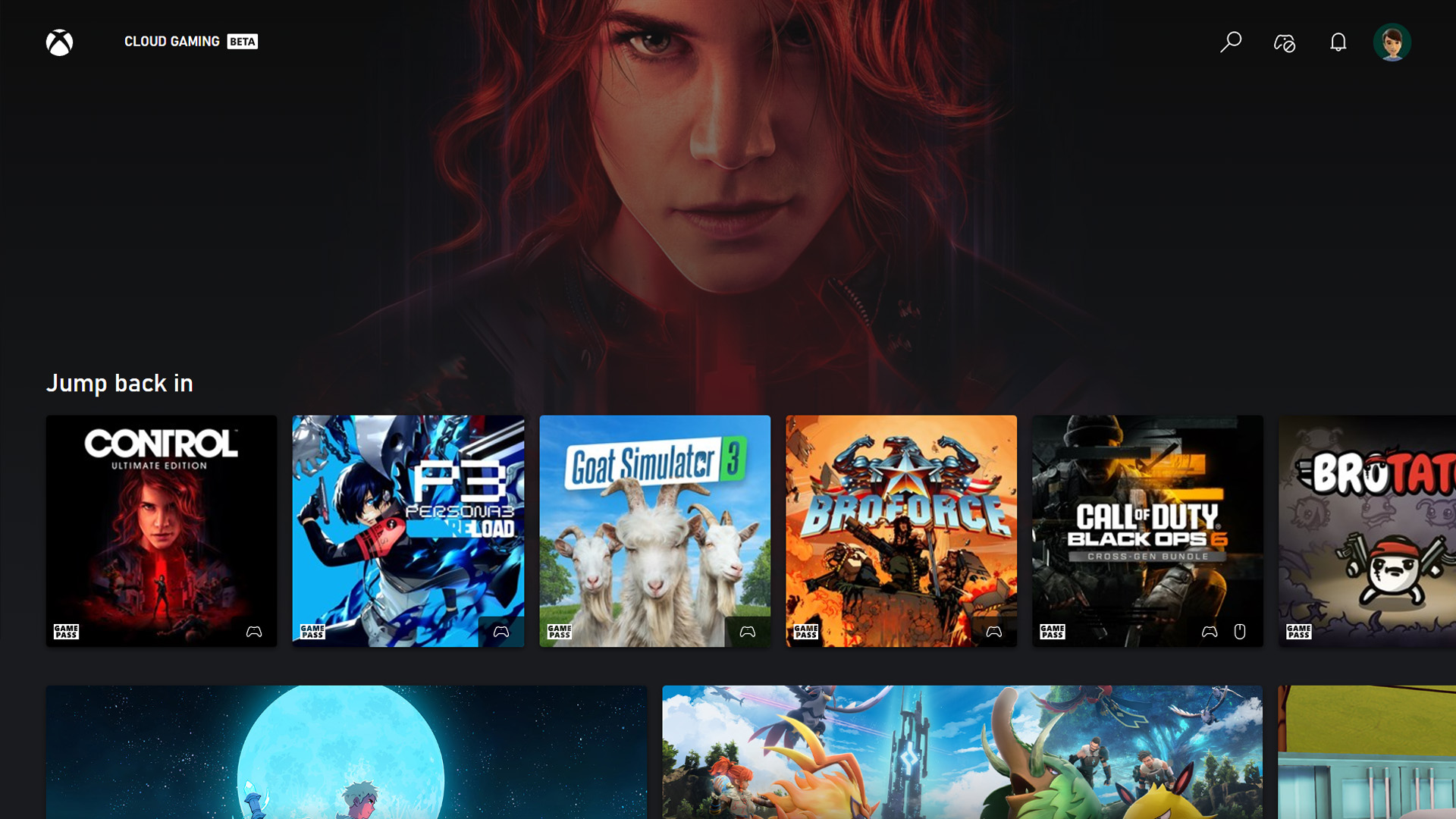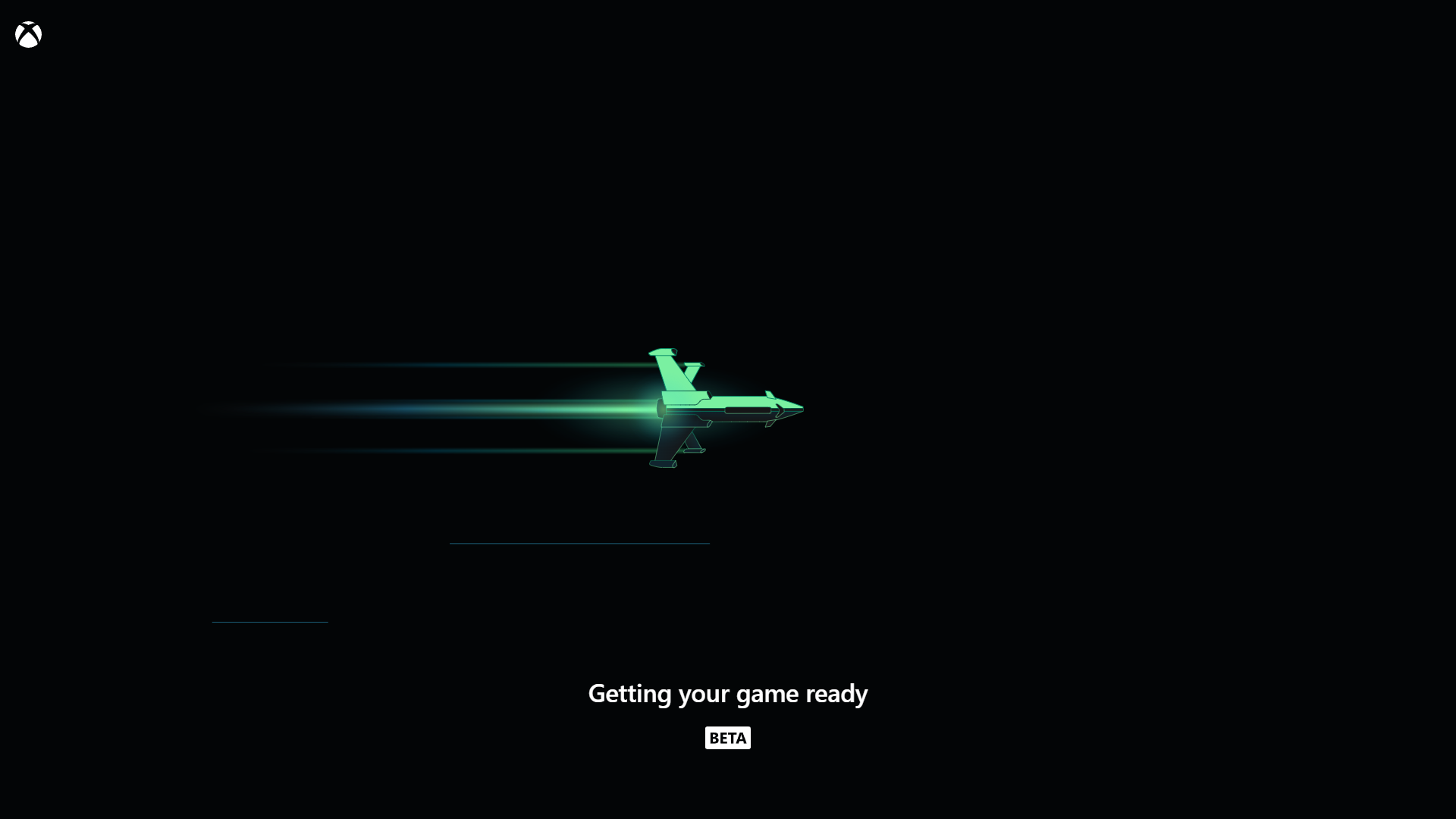
“This is an Xbox,” as Microsoft’s newest ad campaign goes — and with it, the promise that your laptop, handheld, TV, or smartphone could be played like an Xbox console. Few of those options, of course, can actually run Xbox games natively. What underpins this slogan is the ability to stream game sessions via Xbox Cloud Gaming, a feature of Game Pass Ultimate that works, in a sense, like a Netflix for gaming. The interface is an admirable re-creation of the Xbox console dashboard, albeit simplified.
Game streaming has been a part of the Xbox strategy since at least 2018, but this year it seems to be more at the forefront than ever before. You can now play a large selection of the Game Pass library using nothing more than a wireless controller and an Amazon Fire TV Stick. So, with that in mind, we wanted to see what it actually does feel like to forgo the console altogether. Can a Fire TV Stick be an Xbox? By Microsoft’s definition, yes. Does it work well enough to replace the console? That’s a trickier question.

Given my long history with gaming hardware, I felt skeptical of Xbox’s cloud game-streaming pitch, persuasive as it sounds. I grew up playing games on consoles, and I have strong memories of getting them as gifts or buying them with hard-earned money. Getting a new console these days isn’t as memorable as it was during my childhood — will we ever again get another Nintendo 64 kid moment? — but these plastic boxes that I plug into my TV still feel inextricable from my love of gaming, a portal to good times, and full of untapped potential.
Microsoft is hoping to appeal to people who don’t feel this kind of tangible attachment and would rather just have access to games. With a $19.99-per-month Game Pass Ultimate subscription, you’ll have instant access to well over 100 titles ranging from acclaimed hits like Call of Duty: Black Ops 6, Persona 3 Reload, and Sea of Thieves to beloved indie attractions like Brotato and Inscryption.
I have fast internet and typically get speeds of around 350 Mbps over Wi-Fi 6, which is comfortably more than the 20 Mbps connection speed that Xbox itself recommends. That is to say I have everything needed to have the best possible experience, but I can’t ignore the compromises that cloud game streaming makes to the zippy responsiveness and crisp graphics I’m used to getting natively from my consoles. Not to discredit Microsoft’s many achievements to bring Xbox to TVs, but gameplay still feels like it’s being served via the internet through remote hardware. Which is exactly what it’s doing, of course. It’s surprisingly close to the native experience at times, but being even slightly off feels noticeable enough to make me question relying on it in a full-time capacity.
In games where success is measured by any kind of precise action — which the Game Pass library is chock-full of — cloud game streaming simply isn’t a suitable stand-in for hardware running locally. I tried out Call of Duty: Black Ops 6 on its launch day from my TV without an Xbox — a cool thing to be able to do, for sure. However, I quickly realized I’d rather watch a high-resolution video of the gameplay on YouTube or Twitch than try to line up shots or correctly throw grenades for longer than five minutes.
Conversely, if you intend to use cloud game streaming for turn-based games or visual novels, you’ll experience the best that the Xbox app on TV has to offer. This is a great way to play Persona 3 Reload, Pentiment, and others that heavily involve reading and don’t penalize you for taking your time. It was here that I sometimes forgot I was streaming, not playing them locally. However, even with my relatively speedy internet, the video quality often looks compressed, and controller inputs are a bit laggy.
After more time playing action-packed games, my hand-eye coordination adjusted to the lag enough to compensate for it, letting me make anticipatory movements to improve my chances of performing well. That’s not to say I forgot about the lag; the more I had to do this to succeed in games like the run-based Brotato, the less fun I was having.

Those who have ever tried to squeeze a console into luggage for vacation might be already imagining scenarios where cloud game streaming comes in handy: at a hotel or an Airbnb, or at a family member’s home. Those edge cases are, I think, where the console-free route — or at least the concept of it — shines the brightest. And, if you already subscribe to Game Pass Ultimate on your console, you won’t be out any extra dollars to get the cloud streaming benefits when you’re away from home (plus, your game saves will travel with you). If this describes you, cloud game streaming is a great value-add. And even though this kind of tech has been around for the past few years, with Google’s defunct Stadia as well as in Nvidia’s GeForce Now, with Amazon Luna, and with a PlayStation Plus subscription, it’s still amazing that it’s possible to play games in full over the internet.
The Xbox cloud game streaming app may be a suitable console stand-in for some people, but not for me. If anything, cloud streaming makes a stellar case for consoles that can do these games’ fast gameplay justice. If that’s Microsoft’s master plan, to convince people to upgrade to a console instead of prepping for a future without them, then it might be on to something here.
If you really want to get into games, you should just get a console — at $300 new, the Xbox Series S more or less ties Nintendo Switch as the cheapest entry point for current-gen gaming. If you don’t know where you stand, or don’t want to make that large a commitment upfront, think of cloud gaming as a scratch-’n’-sniff test to see if you want more. No matter how you play, it is an Xbox — but not all Xbox experiences are made equal.
